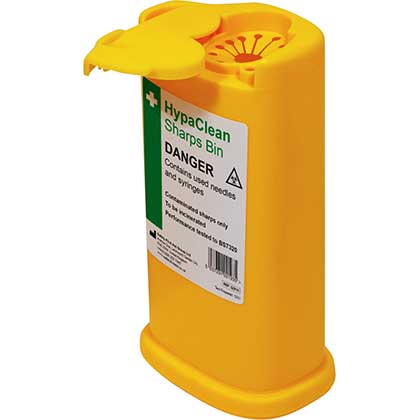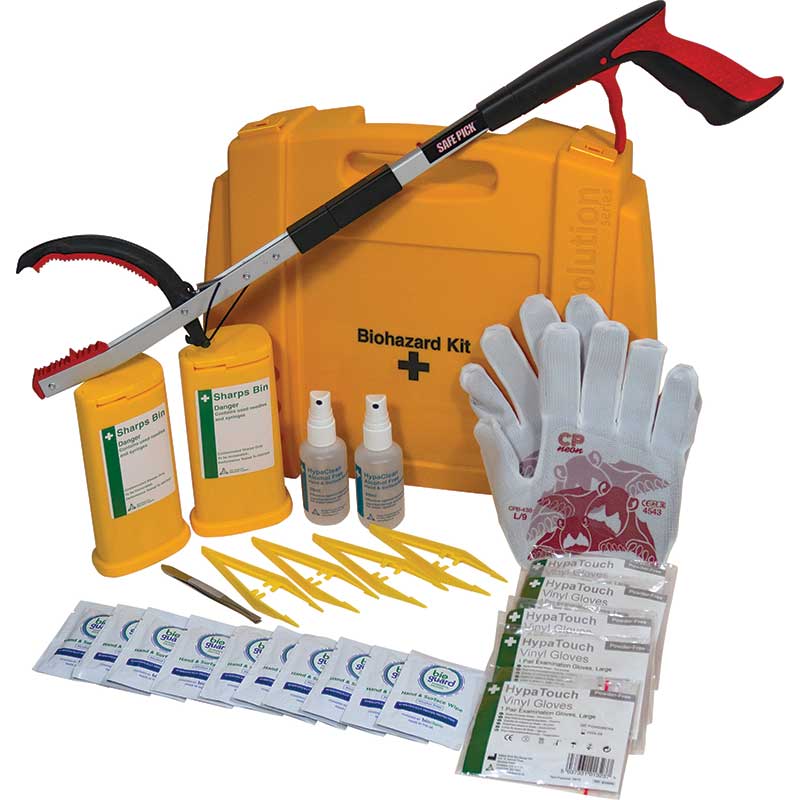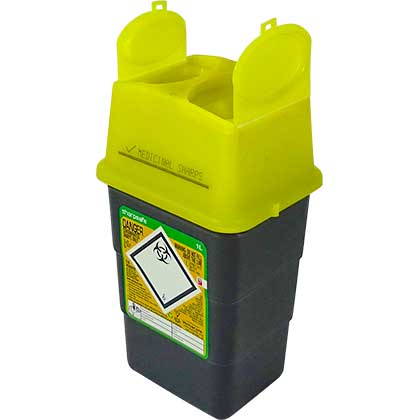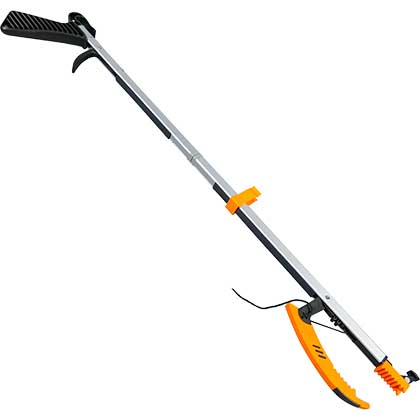
Sharps is a term used to describe any tool or object with a sharp edge or point that can injure someone by piercing the skin in some way. In the medical field they are more often used to describe objects such as needles and syringes, whereas in a culinary setting they would refer to knives and broken glass shards.
Sharps can be found in a wide variety of workplaces like schools, vets, tattoo parlours and, as mentioned above, hospitals and kitchens. In fact, anywhere that has sharp objects would be considered to have sharps and as such it is important to know how to safely dispose of them.
How to safely dispose of sharps
The best way to safely dispose of sharps is through the use of sharps containers. These containers allow for separation of sharps from standard rubbish, allowing for their disposal to follow the correct procedures.It is safer to store sharps bins at eye level so that they are easy to reach, but if you are around children, it is important that the sharps containers are not so easily accessible that they can be picked up or knocked over.
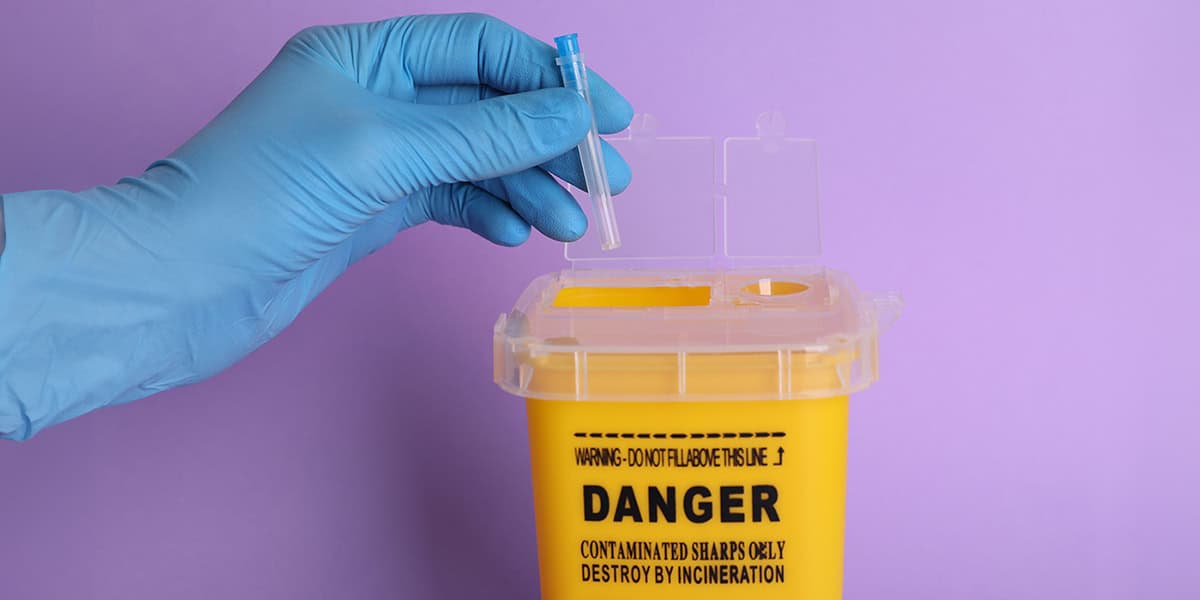
How to safely dispose of sharps containers
As a business it may be advisable to hire a specific, certified sharps waste management company to ensure a safe disposal of your sharps. Or, depending on what area you are in, you could organise with your council to request a clinical waste removal.You need to remember not to wait until the sharps bin is full to dispose of it, instead arranging to have it removed when it is three quarters of the way full. If the container gets too full it presents a higher risk for injury or contamination, particularly if there are needles sticking out.
What objects should be disposed of in a sharps container?
As previously mentioned, a sharp is defined as an object or tool with a sharp edge that can cause injury. This means that there are a variety of objects that should be disposed of in a sharps container, some will vary depending on the profession you are in, but generally these are the objects which should be disposed of in the container:- Any types of needles, particularly used ones. For example: hypodermic needles and those used for tattoo and piercing.
- Disposable scalpels and blades.
- Knives
- Scissors
- Syringes
- Lancets
- Contaminated broken glass
- Metal wire
- Pins and staples
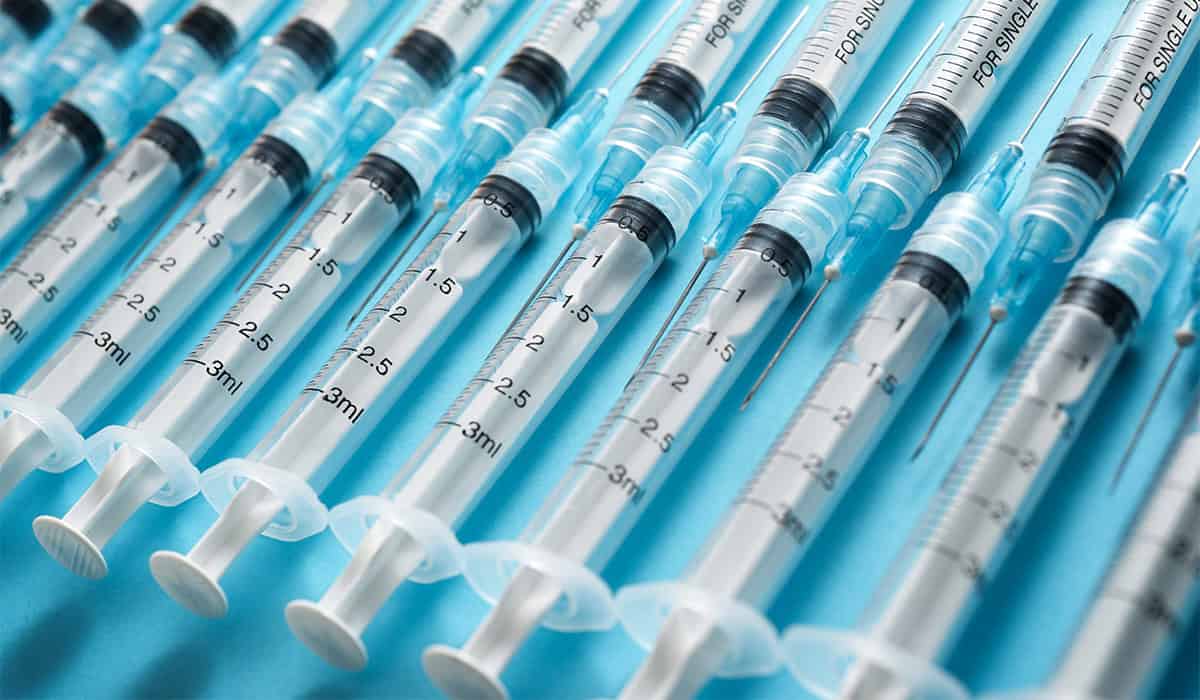
How to prevent injuries from sharps and needles
If you are disposing of medical sharps, particularly a needle, it is also advised that you do not recap it, as laid out in Health and Safety (Sharp Instruments in Healthcare) Regulations 2013 due to the higher potential for injury.If there is a need for the sharps and needles to be handled after use, other than to slip them into the sharps container, for example if one were to fall on the floor, it is best to use either Turtleskin gloves or a Safe Hand Grabbing Device as these will reduce your risk of injury.
If you are passing a sharp or needle to someone else, don’t hand it directly to them, as this has a higher probability of injuring the other person. Instead put the object down and allow the other person to pick it up safely.
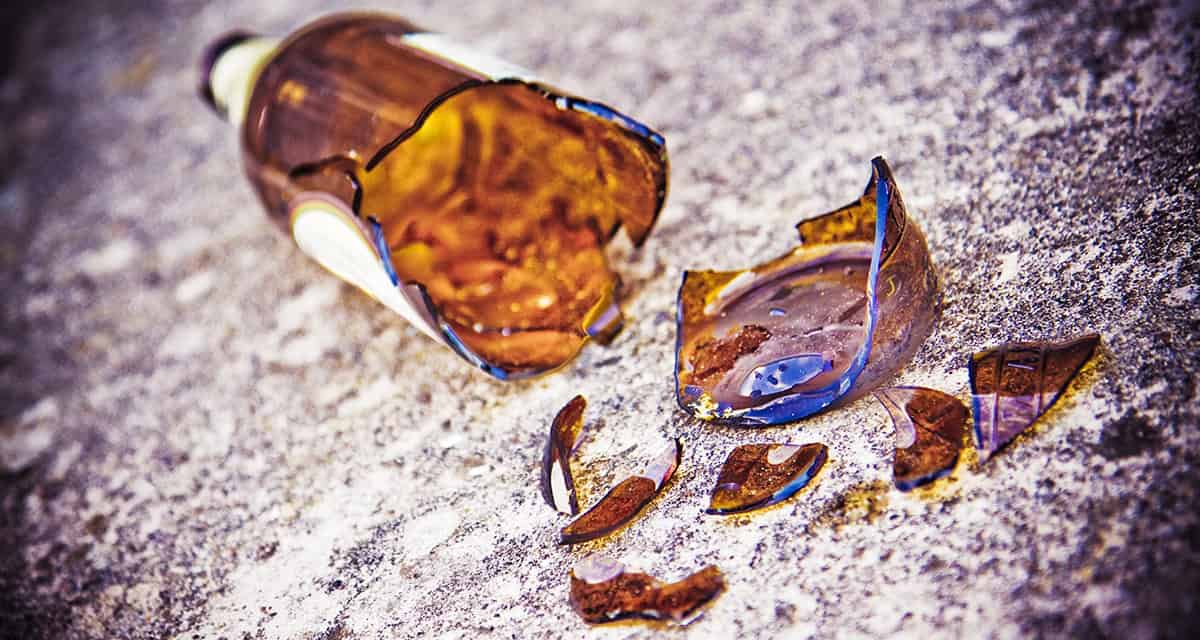
Why is sharps disposal so important?
Sharps disposal is important to prevent injuries and accidents associated with sharp objects, for example slicing your hand on glass through a bin bag or a contaminated needle stick (a needle that has already been used piercing your skin).One reason that it is important to know how to dispose of used needles and other medical sharps correctly, is that the risk for infection is a lot higher where blood and other bodily fluids are involved. Incorrectly disposing of sharps such as these could lead to the spread of HBV, HCV and HIV.
It is also a legal requirement for companies to ensure the “safety and absence of risks to health in connection with the use, handling, storage and transport of articles” according to the Health and Safety at Work etc. Act 1974.
Sharps containers
Read our other blogs for more information on first aid or contact us for further advice and information on our products.
By Sarah Mason


